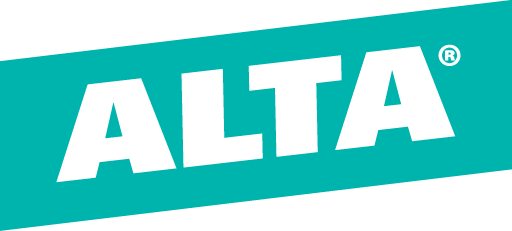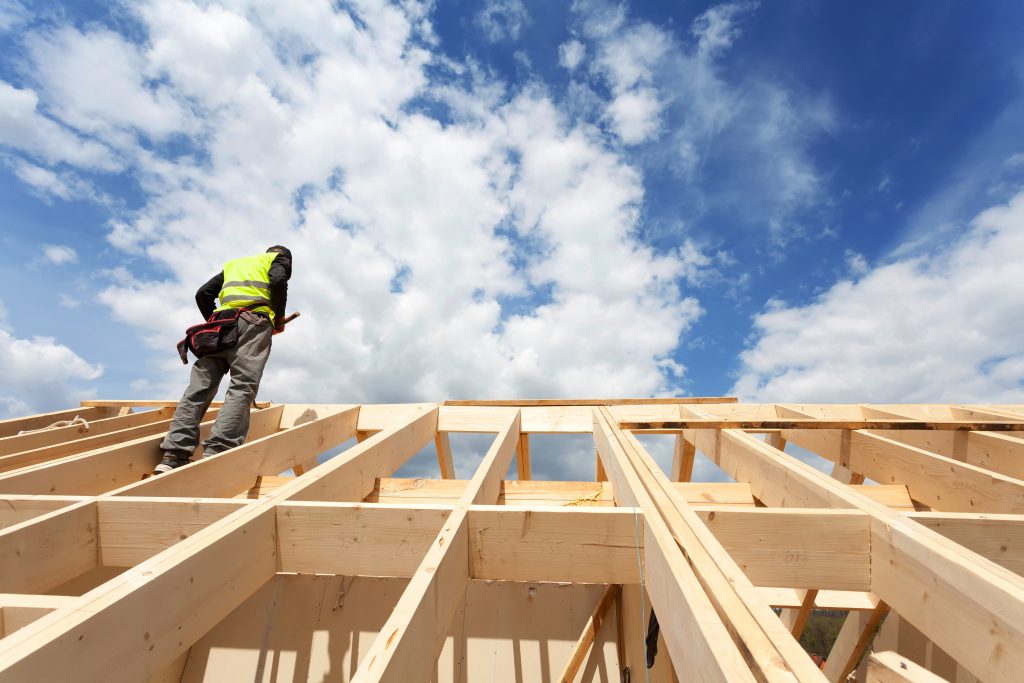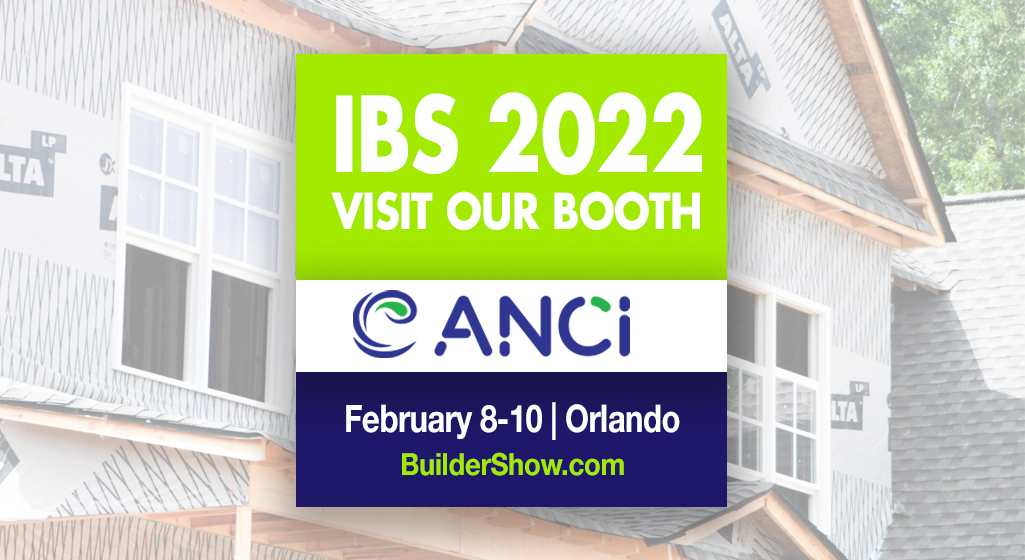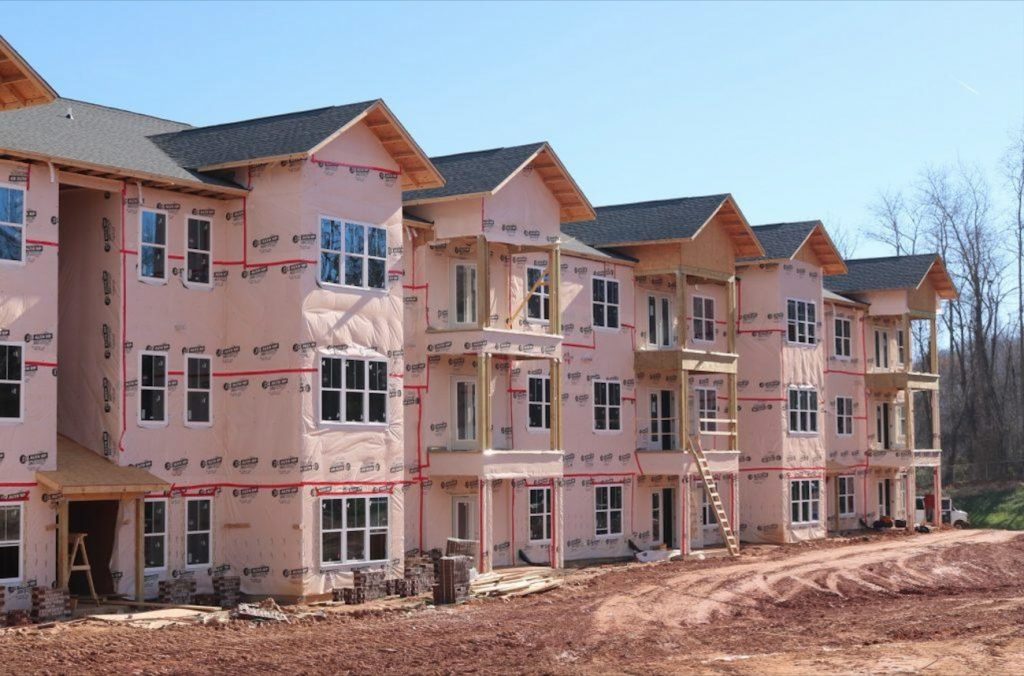Synthetic Water Resistant Barriers (WRB’s) have been used as a secondary defense to air and water behind exterior cladding material for over 30 years. These products are intended to keep out wind (air flow) and rain, yet they need to be permeable enough that any moisture that finds its way into the building enclosure can evaporate and escape through the exterior.
There are a number of different types of approved housewraps in the market; however, the features and benefits differ drastically. The ICC building code standard for housewrap uses a series of test under AC38 which requires WRB’s to have value of greater than 5 perms to pass ICC building code. Listed below are just a few that are currently available for builders to choose from and the difference in benefits.
- Woven (extrusion coated) pin perforated – This product utilizes a woven fabric that is produced using polypropylene tape yarns that are woven together. The material is then thinly coated with a polypropylene film and pin perforated to allow for breathability.
- Benefits –
- Products meet at least 5 perms breathability and pass the minimum for code approval.
- Many products are imported and low cost in 9 and 10 foot rolls.
- Concerns –
- Material must be “poked” with thousands of perforated holes to allow for enough breathability to pass code since the extrusion coating is a solid film
- Pinholes allow bulk water to seep through the material to the OSB or Plywood which can cause water damage. Air can also flow freely through the pin holes.
- Benefits –
- Cross Laminated Polyolefin Perforated film – A solid film is thermally laminated to another solid film then pin perforated for breathability.
- Benefits –
- Product is durable during installation
- Film is produced with raised “bumps” on the film surface to allow for a drainage plane behind the exterior cladding.
- Concerns –
- Same as the woven, this product must be pin perforated to pass the minimum standard for breathability allowing water and air intrusions.
- Product only comes in 5 foot increments requiring additional labor and tapes during installation.
- Benefits –
- Spunbond Nonwoven laminated to breathable coating – A thick grey nonwoven is coated with a breathable poly coating.
- Benefits –
- Durable during installation. Will not blow off the wall or tear in the Wind.
- Very good water and air resistance.
- Concerns
- Product is Opaque and more difficult to see through the material to know where to nail the cap nails.
- Only comes in Low Perm offering (10-15) Perms
- Benefits –
- Flashspun Polyethylene nonwoven – Product utilizes nondirectional fibers that are first spun and then bonded together by heat and pressure, without binders.
- Benefits –
- Very good water and air resistivity.
- Design of the nonwoven allows the product to have one of the highest breathable values.
- Concerns
- Cost is more expensive than other perforated and non-perforated
- Although the material is very hard to initiate tear, once a tear starts it propagates quickly.
- Benefits –
- Microporous Film laminated to Reinforced Cross laminated Mesh.
- Benefits –
- Reinforced Mesh allows for durability during installation and serves as a drainage plane under the exterior cladding.
- Offered in both High, Medium and Low Perm versions. 10-59 Perms.
- Concerns
- Cost, although higher than perforated wraps, is still one of the most economical premium housewraps.
- Not enough industry consideration about the benefits of high water and air holdout along with breathability.
- Benefits –
There are many differences in the types of products available and it is crucial to be able to determine the benefits and consequences of which product they use for their home!
-Chris Daniel



